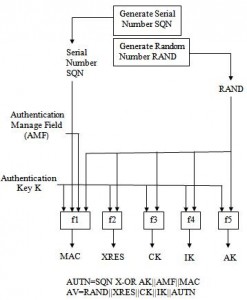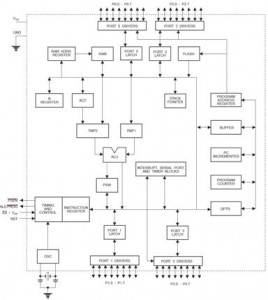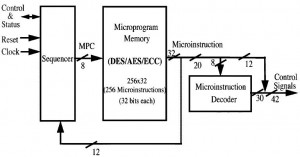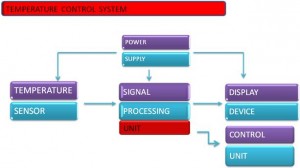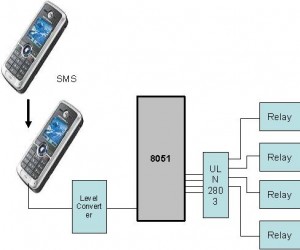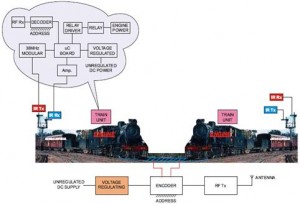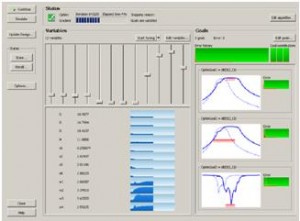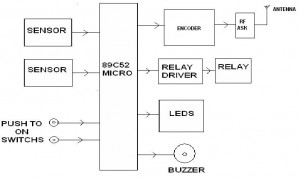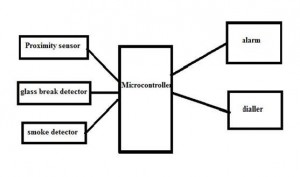This this project is titled “Microcontroller Based Turbidity Meter Final Year Electronics project report” which uses low cost sensors which lowers the accuracy of the meter. It is also coupled with a calibration mode that calibrates the meter for using in the project. The main objective is to produce a turbidity meter which can be used in under developed countries.
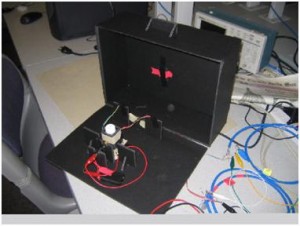 The project defines turbidity as well. It is closely connected to the amount of light that is dispersed by a sample when light passes through it. It dispersed at 90 degrees. This project takes advantage of the fact that there is a relationship between optical scattering and turbidity. This relationship is utilized to measure turbidity of the samples of liquid.
The project defines turbidity as well. It is closely connected to the amount of light that is dispersed by a sample when light passes through it. It dispersed at 90 degrees. This project takes advantage of the fact that there is a relationship between optical scattering and turbidity. This relationship is utilized to measure turbidity of the samples of liquid.
When light is passed through a sample, all the particles suspended in it will not pass the light through. Thus some particles will reflect light from the suspension. This light will be reflected at right angles to the direction of the entry of light. The light source used in the project is a laser source and the detectors used are two photodiodes which detect the intensity of transmitted as well as reflected light.
In this project, 3000 ADC readings are taken after gap of 5 ms. The turbidity measured by this project- Microcontroller Based Turbidity Meter Final Year Elctronics project report is close in the region of the true measured turbidity. Though not 100% accurate, this project utilizes the concept of reflected/transmitted light voltage ratios for calculation of turbidity and offers a wide range for measurement of turbidity.
Conclusion:
This project cannot be used for measuring turbidities having a high resolution but other than that the project works successfully. It must be ensured that water measurements made by this device must be accurate, as the readings are based on that. The readings recorded are consistent in nature.
Download Microcontroller Based Turbidity Meter Final Year Elctronics project Report.

